The Search for a WondLaful Cover (Part II)
July 12, 2013
Invigorated with feedback from my readers, and my sketch approved by the team at Simon & Schuster, it was time to develop the mood of my cover concept sketch through use of color.

Confession: I am not the best with color theory.
On top of that, I am partially colorblind (especially where dark blue transitions to deep violet). To unify my color palette in a painting, I underpaint the entire image in Raw Sienna or Burnt Umber and build on top of that. So, if you really want to know color, I suggest you visit Jim Gurney’s blog – he’s a genius.
If I am not doing my usual brown-on-brown-with-a-touch-of-color painting (like I did for most of the Spiderwick illustrations) then I am looking at photographs and other paintings for palette ideas. When I come across something that could potentially be my Palette of Inspiration, I squint my eyes to blur the image and allow the colors to dictate their mood to me. So an image like this, (from American landscape painter, Albert Bierstadt):
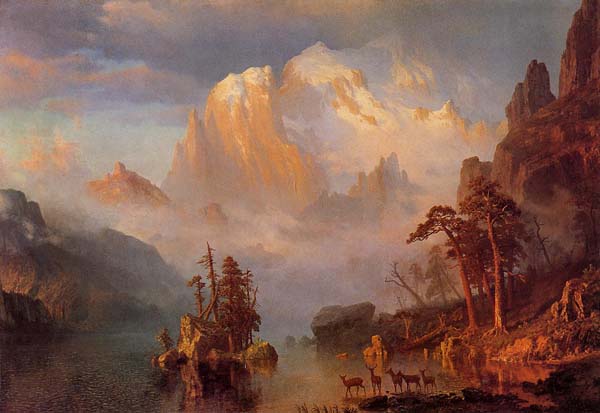
…becomes this:
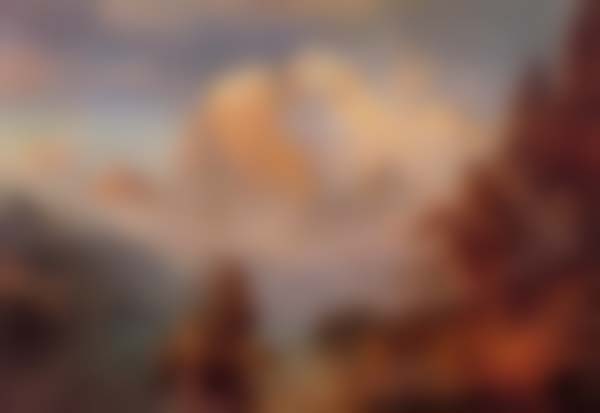
Using Photoshop, I can also index the palette to a fixed number of colors and then view that palette as a color table:
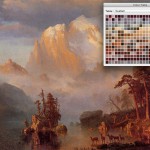
This aids greatly in digital coloring because you start off with a perfectly harmonized palette. Sure it may be limiting but I like the challenge of using a limited palette – especially to convey an emotion. For the second WondLa book, I referenced photographs of dusky sunsets to achieve the color palette. On the third book I would need to veer away from those color combinations to set the jacket apart from the others – yet keep a similar color sense so that the book felt like it fit with the previous titles in the trilogy.
I began with a palette created from Bierstadt’s western landscapes (which I love). Quickly I created a color sketch:

Here, the palette felt perhaps too similar to the color combinations in book 2 (a light, warm-tinted background against a cooler dark silhouette), so I explored more:

I pulled the saturated colors out of the landscape and pushed Eva into a cool shadow of purple hue. There was something I really liked about the green sky, (especially over an area of destruction) but the colors overall didn’t convey the majesty of the landscape beyond Eva. I tried another palette altogether:
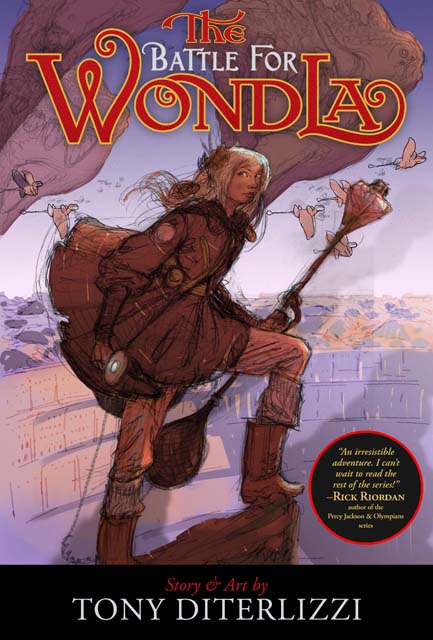
10 points to anyone who can guess the inspiration for this palette. It is so identifiable with this artist that I am immediately put into a magical twilight trance when viewing it. If you recognized this as the colors used by Maxfield Parrish, then you understand the impact color can have. This color scheme was from his most famous painting, “Daybreak”. Though a beautiful palette, it didn’t work here – there is too much of a contradiction with these tranquil hues and a story about a war and battles.
Which led to the obvious: why not look at paintings of war? Duh.
I browsed through numerous paintings, from the civil war to Jacques-Louis David’s famous Napoleon paintings.
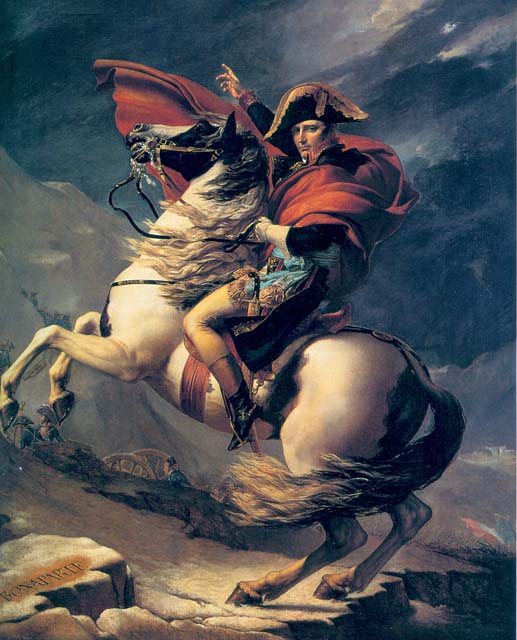
There was plenty of brown to be sure – depicting turbulent skies and smoky landscapes. I felt like I was on the right track. Then it struck me that Eva’s pose in my sketch was very similar to a pose I had seen in a very famous war painting:

Emanual Leutze’s famous 1851 painting hangs in the Metropolitan Museum of Art in New York City. I’ve marveled at its proud epic presence for hours on end. It holds the perfect combination of light, darkness and color. It was my Palette of Inspiration for the final installment of the WondLa trilogy.
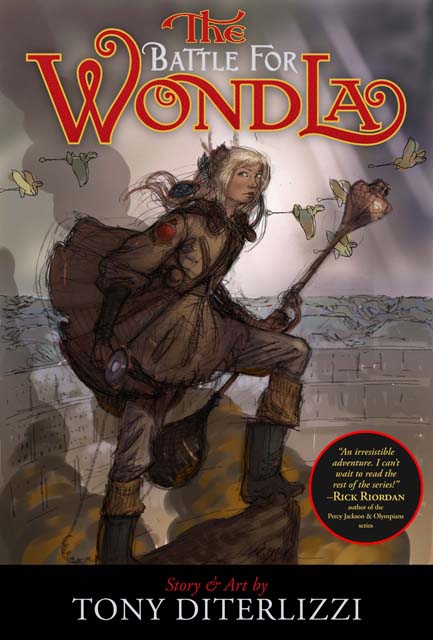
Next up, I gather reference and begin the final art.
Back to main news page

 Menu
Menu Connect
Connect















